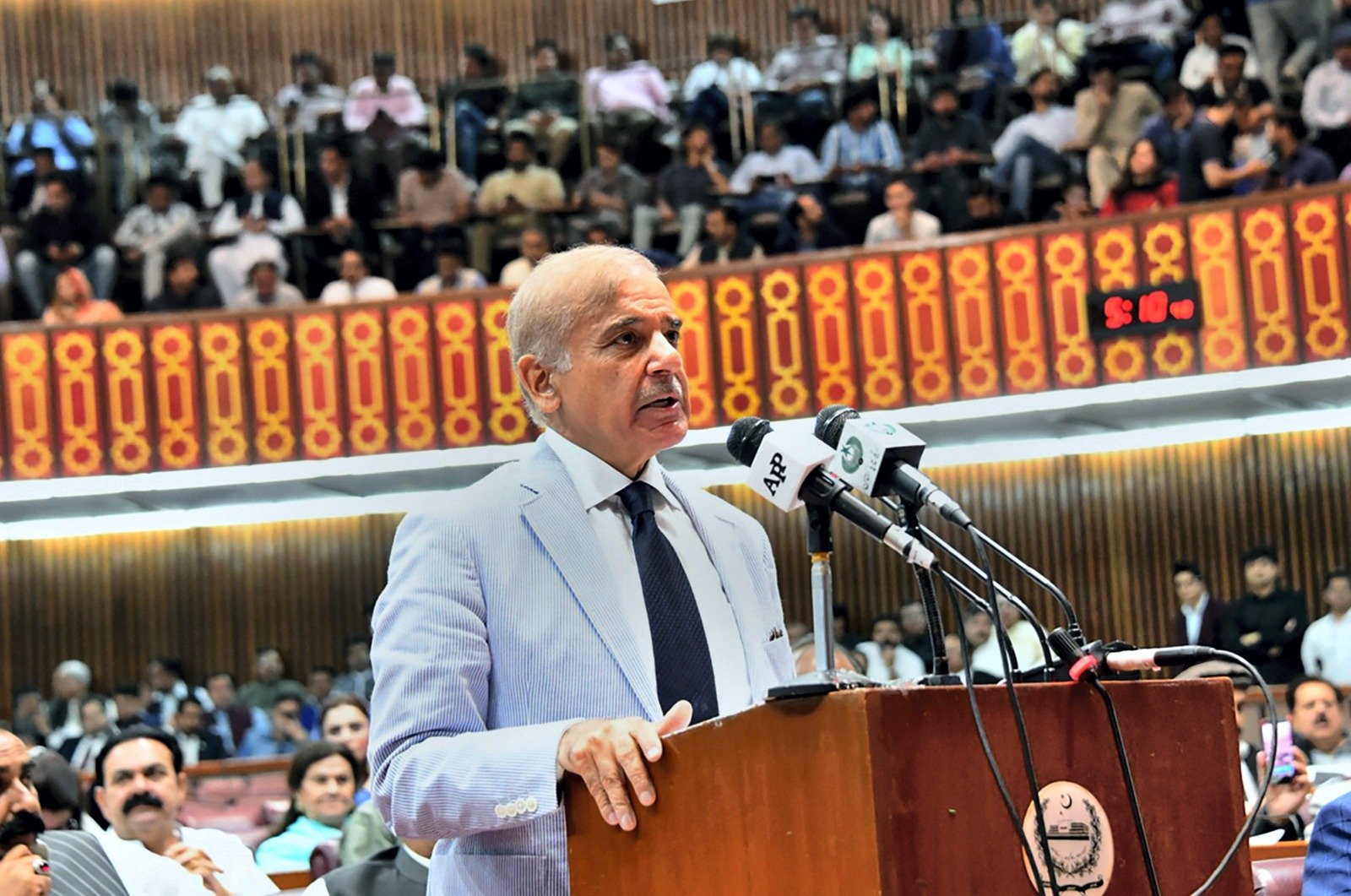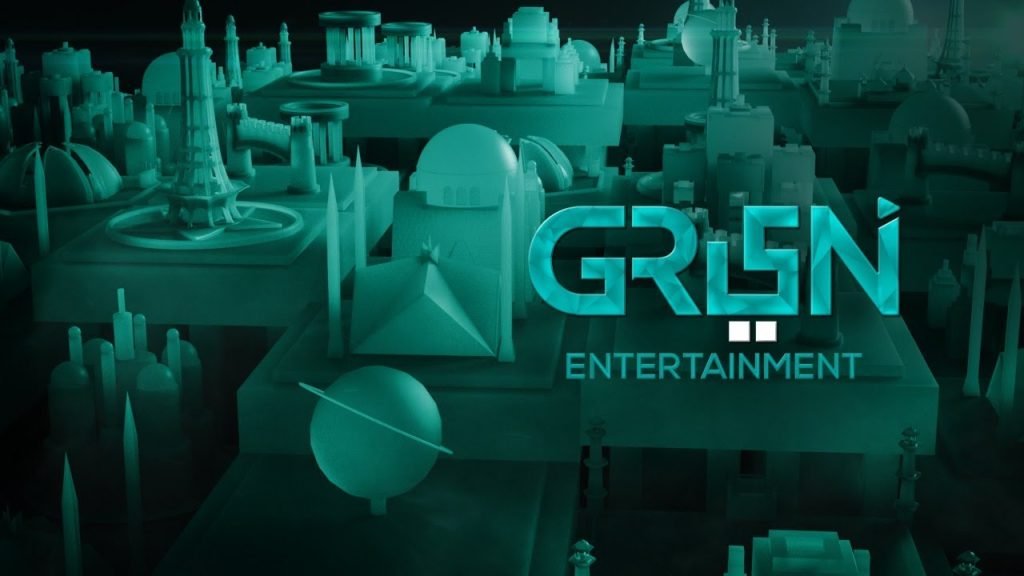The Indus Valley Civilization: From Vintage to Future
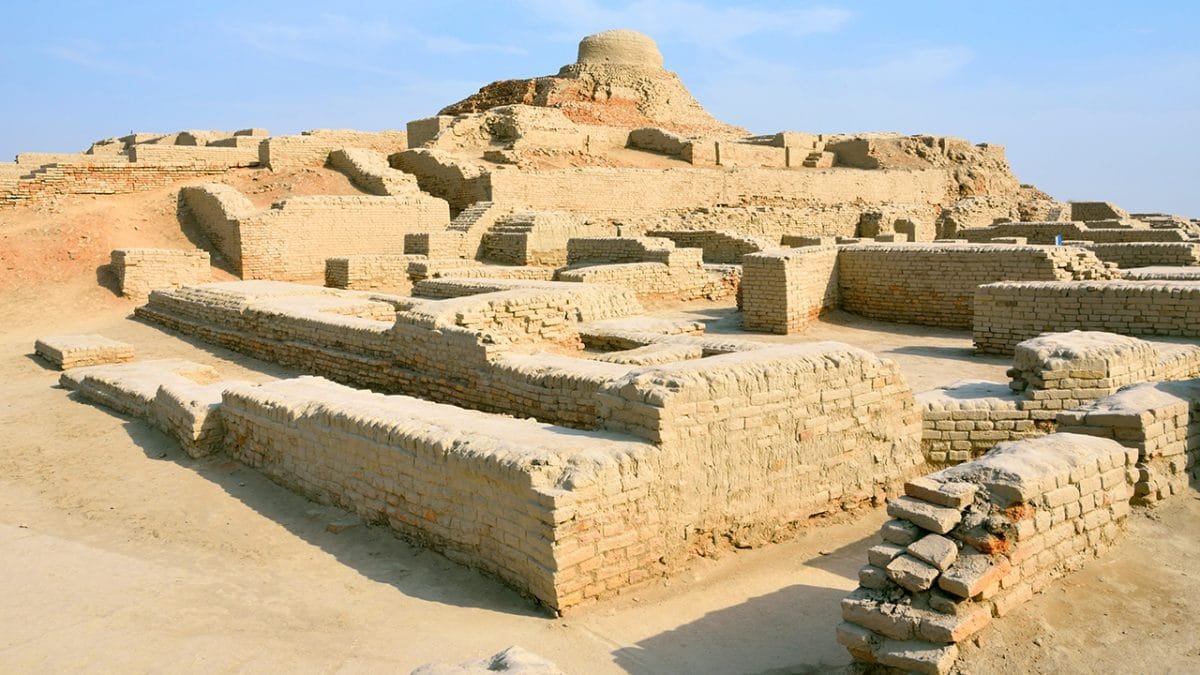
The Indus Valley Civilization was one of the most advanced civilizations in the world, and its ruins can still be seen in Pakistan today. This ancient civilization flourished from 3300 to 1300 BCE, and its people made significant contributions to science, technology, and art.
One of the most impressive features of the Indus Valley Civilization was its cities. These cities were well-planned and well-organized, with a sophisticated drainage system and a complex network of roads. The people of the Indus Valley also developed a system of writing, which has not yet been deciphered.
In the field of science, the Indus Valley Civilization made significant advances in mathematics, astronomy, and metallurgy. They were also skilled engineers, and they built dams, canals, and irrigation systems that helped to support their agricultural economy.
The Indus Valley Civilization also made significant contributions to art and culture. They produced beautiful pottery, jewelry, and seals, and they were skilled in the art of carving stone. Their artwork often depicted animals, plants, and geometric designs.
The Indus Valley Civilization declined around 1300 BCE, and its reasons for collapse are still debated by scholars. However, its legacy lives on in Pakistan today. The ruins of its cities are a testament to its former glory, and its contributions to science, technology, and art continue to inspire people around the world.
Here are some of the specific contributions of the Indus Valley Civilization to science and technology:
A sophisticated drainage system
The Indus Valley cities had a well-developed drainage system that helped to prevent flooding and disease. This system was so advanced that it is still being used in some parts of Pakistan today.
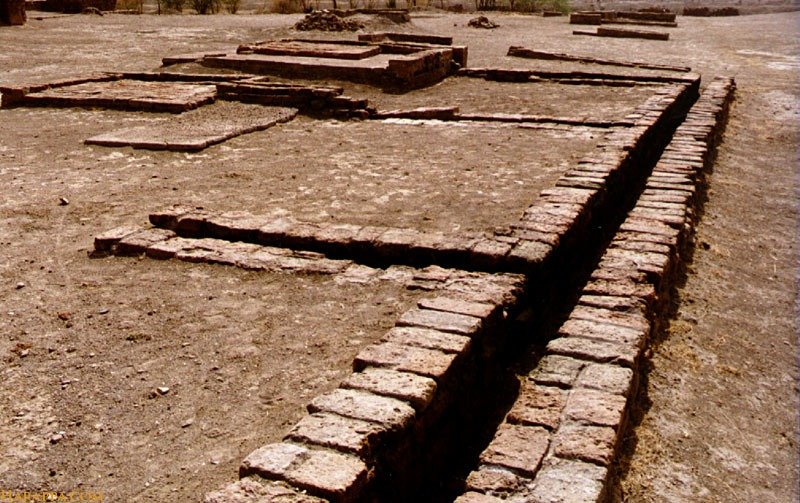
A complex network of roads
The Indus Valley cities were connected by a complex network of roads that allowed for the movement of goods and people. These roads were also used for military purposes, and they helped to facilitate the expansion of the Indus Valley Civilization.

A system of writing
The Indus Valley people developed a system of writing that has not yet been deciphered. However, scholars believe that this writing system was used for a variety of purposes, such as record-keeping, trade, and religious rituals.

Advances in mathematics
The Indus Valley people were skilled in mathematics, and they used a decimal system that was similar to the one that we use today. They also made advances in geometry, and they used these advances to build their cities and irrigation systems.
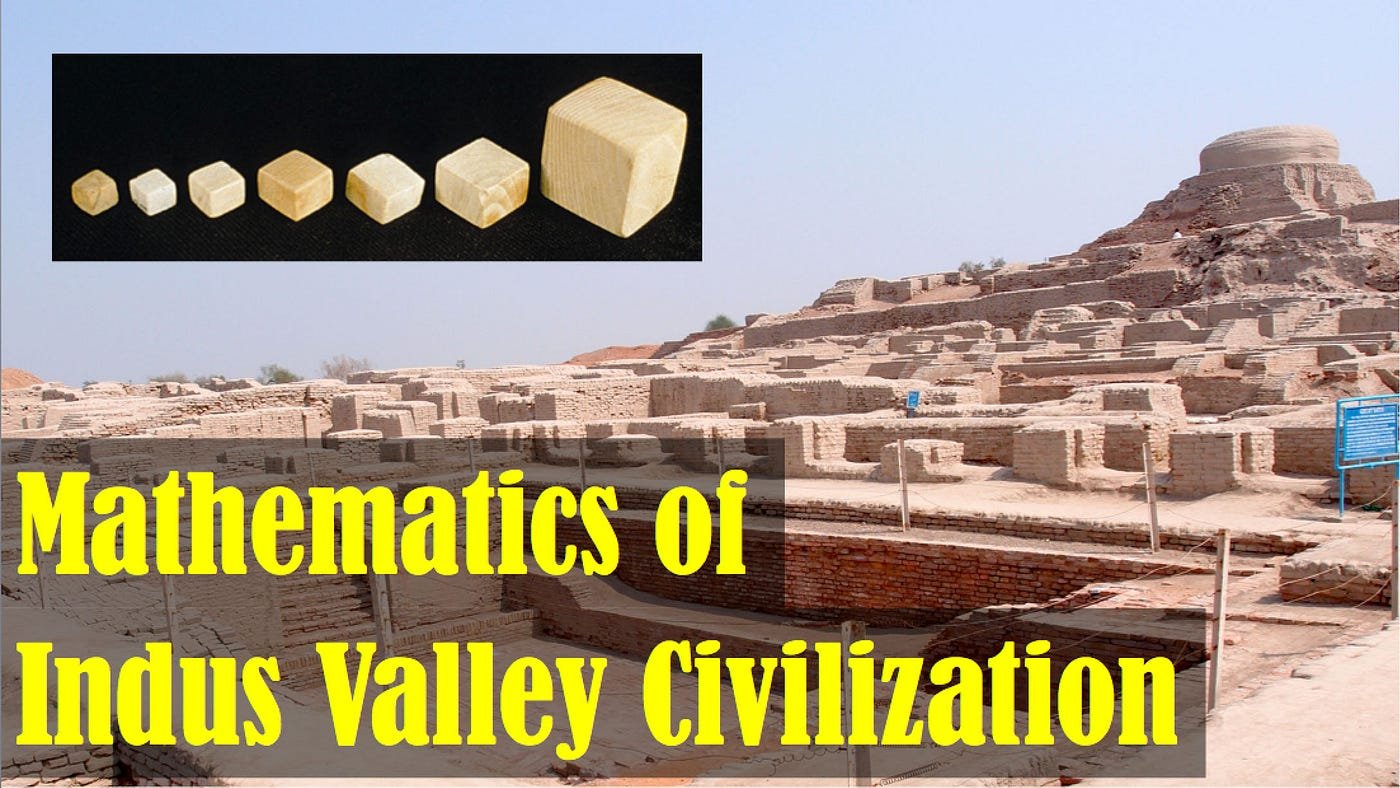
Advances in metallurgy
The Indus Valley people were skilled in metallurgy, and they were able to produce copper, bronze, and gold objects. They also used these metals to make tools, weapons, and jewelry.
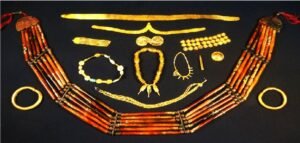
Indus Valley Civilization metallurgy
The Indus Valley Civilization was a remarkable civilization that made significant contributions to science, technology, and art. Its legacy lives on in Pakistan today, and its ruins continue to inspire people around the world.






